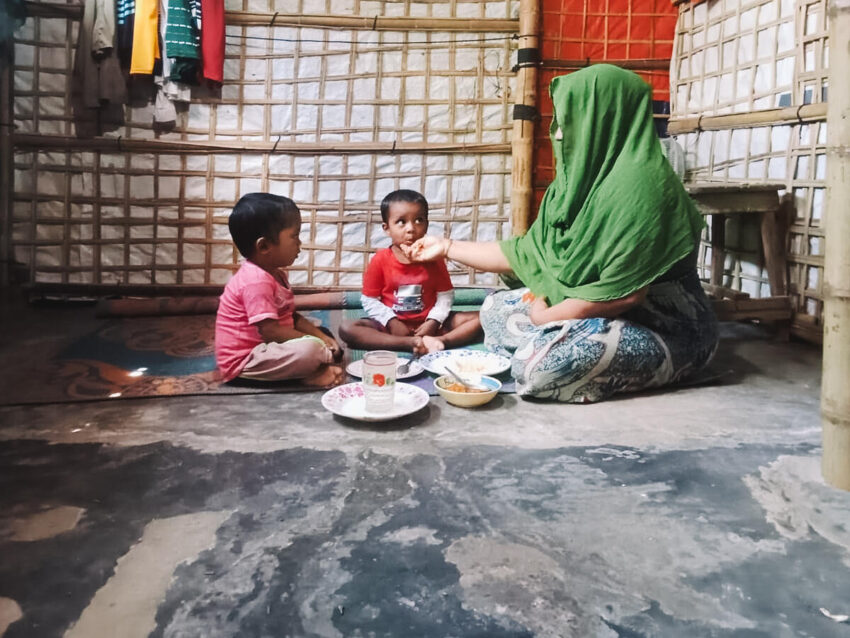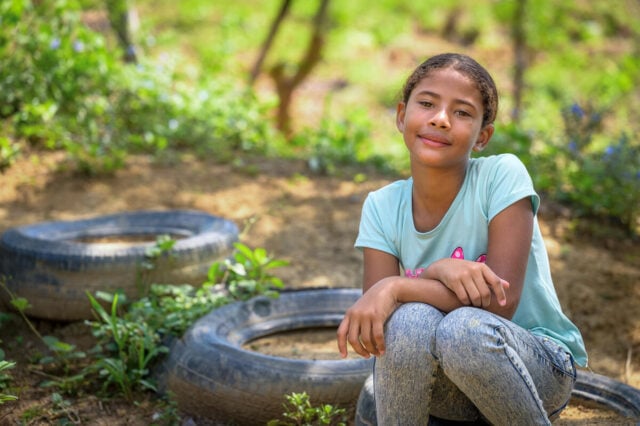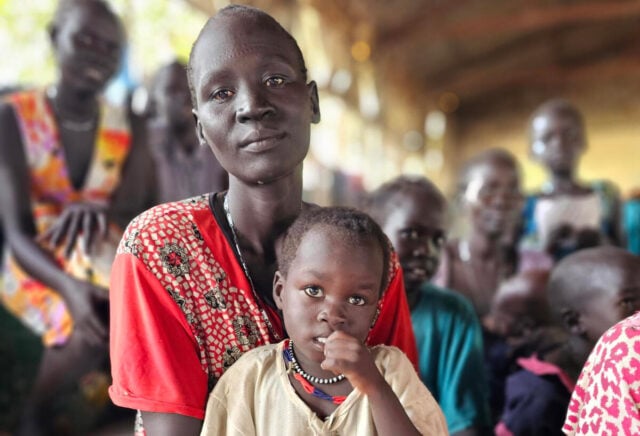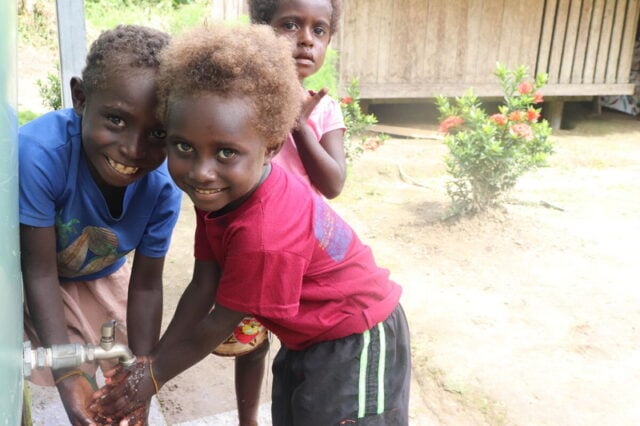Since 2017, nearly 1 million Rohingya refugees have fled extreme violence in Myanmar, seeking safety in Bangladesh. Most now live in Cox’s Bazar, Bangladesh — home to the Kutupalong refugee camp, the largest refugee settlement in the world. Many Rohingya refugees continue to face uncertainty and hardship, with many struggling to recover from traumatic experiences and relying entirely on humanitarian aid. Nearly half of the refugee population are children who have known no other home.
The Rohingya refugee crisis: Facts, FAQs, and how you can help
- Fast facts: Rohingya refugee crisis
- Who are the Rohingya people?
- What caused the Rohingya refugee crisis in Myanmar?
- What are the living conditions in Rohingya refugee camps?
- How is the refugee crisis impacting Rohingya children in Bangladesh?
- How long has World Vision been helping Rohingya refugees?
- How is World Vision responding to the Rohingya refugee crisis?
- How long has World Vision worked in Bangladesh?
- How can I help Rohingya refugees in Bangladesh?
Fast facts: Rohingya refugee crisis
- In August 2017, hundreds of thousands of stateless Rohingya crossed into Bangladesh in a matter of weeks, fleeing violence in Myanmar.
- The U.N. High Commissioner for Refugees described the onset of the 2017 Rohingya refugee crisis as “the most urgent refugee emergency in the world.”
- According to UNICEF, more than 960,000 Rohingya people need humanitarian assistance. Of those, over 499,000 are children.
- Bangladesh, where nearly all the Rohingya refugee camps are located, is among the most natural disaster–prone countries in the world. From April to November, heavy monsoon rains make life more perilous for refugees in the overcrowded camps.
- Rohingya families face overcrowded shelters, food insecurity, poor sanitation, limited healthcare, and few educational opportunities.
Who are the Rohingya people?
The Rohingya are a predominantly Muslim ethnic minority group that has historically resided in northern Rakhine State in Myanmar, which shares borders with Bangladesh and India. Although the Rohingya have lived in Myanmar for centuries, they are not recognized as an official ethnic group and have been ineligible for citizenship since 1982, which has rendered them stateless. The Rohingya people were not counted in Myanmar’s most recent census in 2014.
As a result, even before the current crisis, Rohingya children and families endured immense vulnerabilities. Their stateless status leaves them without legal rights and protections, exposing them to various forms of exploitation, including human trafficking, child labor, child marriage, violence, and other abuses.
What caused the Rohingya refugee crisis in Myanmar?
The Rohingya people have long faced violence and discrimination in Myanmar. Armed conflict escalated in August 2017 in Rakhine State, causing Rohingya to flee to nearby Bangladesh. U.N. Secretary-General António Guterres described the situation in September of that year as “the world’s fastest-developing refugee emergency and a humanitarian and human rights nightmare.”
What are the living conditions in Rohingya refugee camps?
Living conditions in Rohingya camps are challenging and substandard. People face overcrowding, inadequate shelter, limited sanitation facilities, scarce access to clean water, limited access to healthcare, and a lack of basic services. These harsh conditions put people at risk of disease outbreaks, malnutrition, and exploitation, especially for children, women, and people with disabilities.
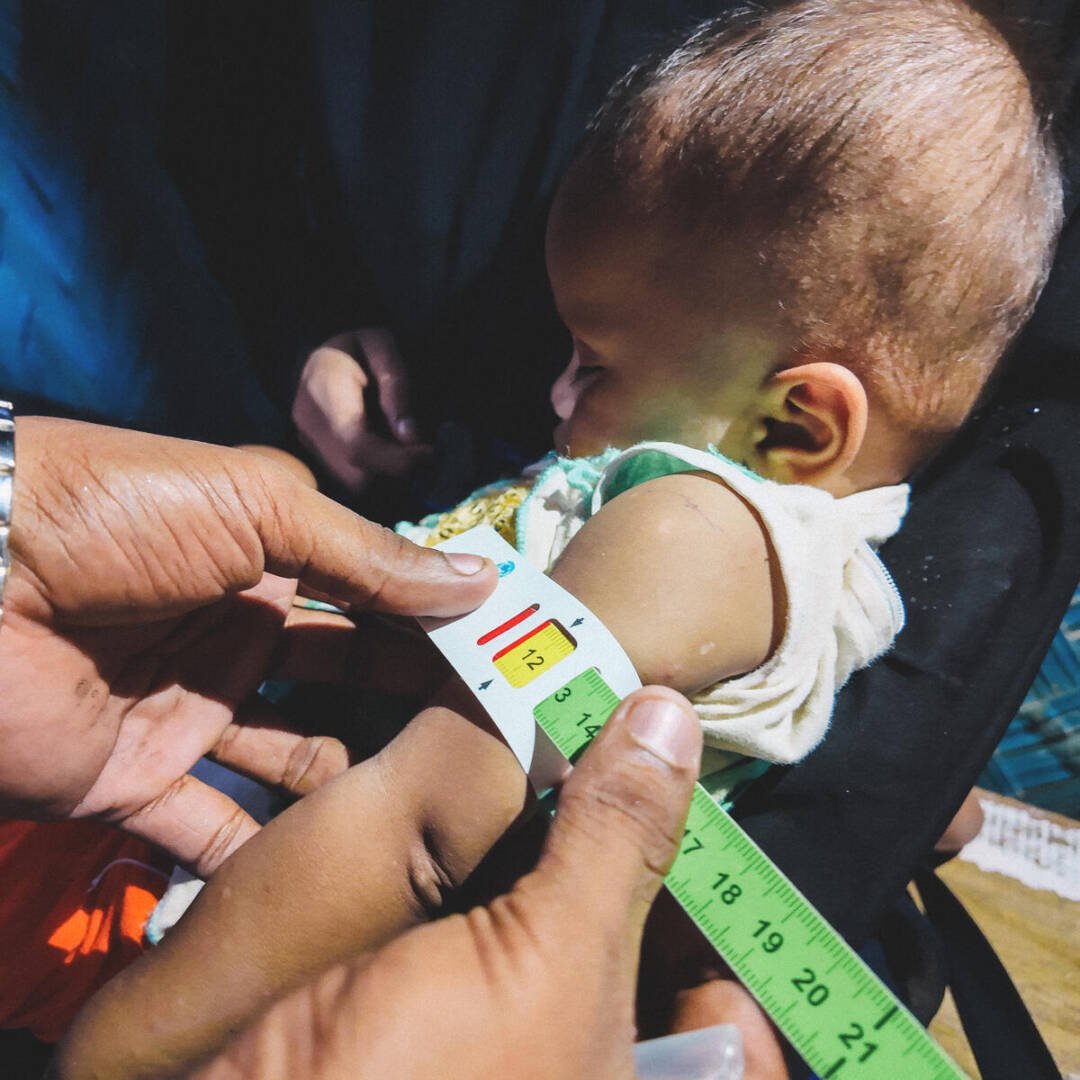
How is the refugee crisis impacting Rohingya children in Bangladesh?
Rohingya children face significant challenges and vulnerabilities due to the refugee crisis, including:
- Limited educational opportunities: Most children are unable to attend school due to a lack of resources and facilities in refugee camps.
- Health risks: Overcrowded living conditions contribute to many health issues, including the rapid spread of diseases and malnutrition. Also, the lack of essential services, such as access to clean water, sanitation facilities, and adequate healthcare, further endangers Rohingya children. This leaves them vulnerable to preventable illnesses and health-related issues.
- Protection concerns: Rohingya children are at a higher risk of abuse, exploitation, trafficking, and gender-based violence, as well as being forced into child labor and child marriages.
- Psychological distress: The difficult experiences of displacement, such as witnessing violence and being separated from family, profoundly impact the mental well-being of Rohingya children.
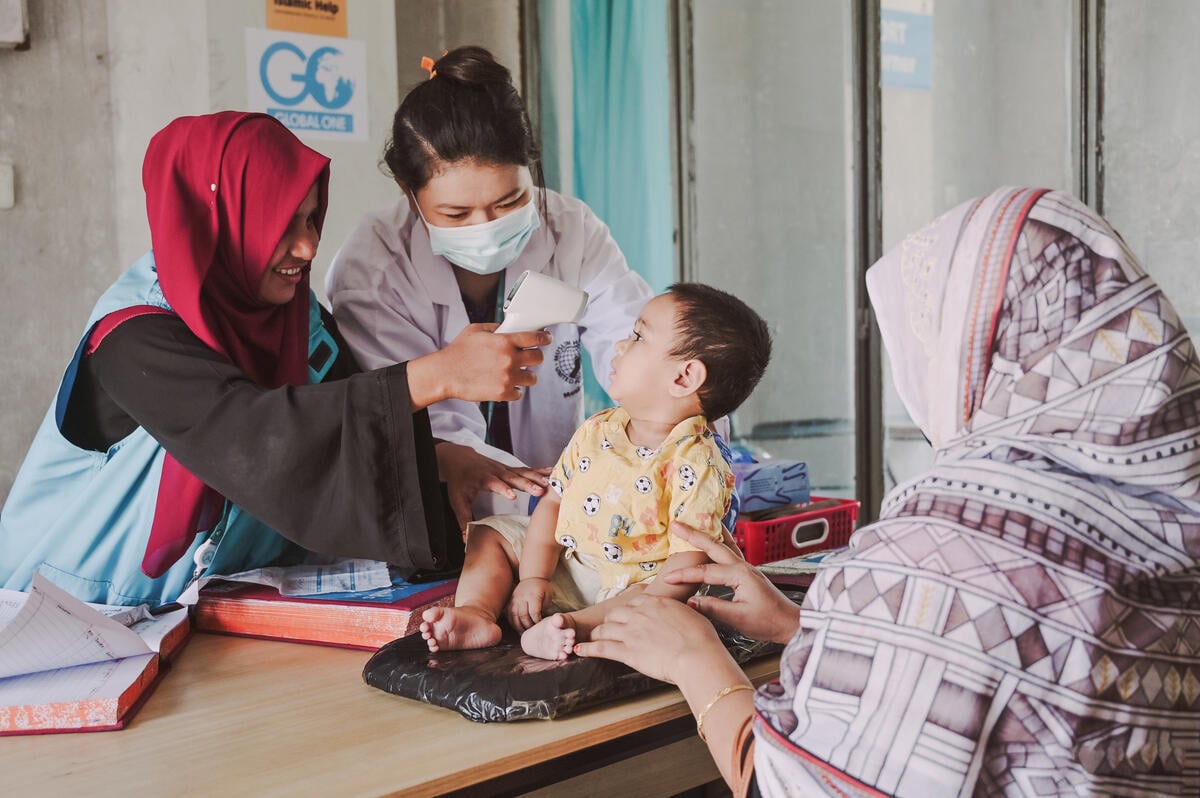
How long has World Vision been helping Rohingya refugees?
World Vision has supported Rohingya refugees since 2017, when hundreds of thousands of people fled violence in Myanmar to seek safety in Bangladesh. From September 30, 2024, to January 12, 2025, we supported over 240,500 refugees across 34 Rohingya refugee camps.
Through our dedicated advocacy efforts with international, national, and local governments, World Vision continues to uphold the rights of refugees. Our goal is to ensure the safety and dignity of refugees while advocating for their secure and voluntary repatriation to Myanmar.
How is World Vision responding to the Rohingya refugee crisis?
World Vision continues to serve Rohingya refugees with a strong focus on the well-being of children and families. Together with community members and partners, we deliver aid that’s dignified, inclusive, and culturally appropriate. Our ongoing programs include:
- Emergency food assistance and nutrition support
- Clean water, sanitation, and hygiene (WASH) programs
- Child protection, education, and psychosocial support
- Advocacy for long-term solutions, including safe and voluntary repatriation
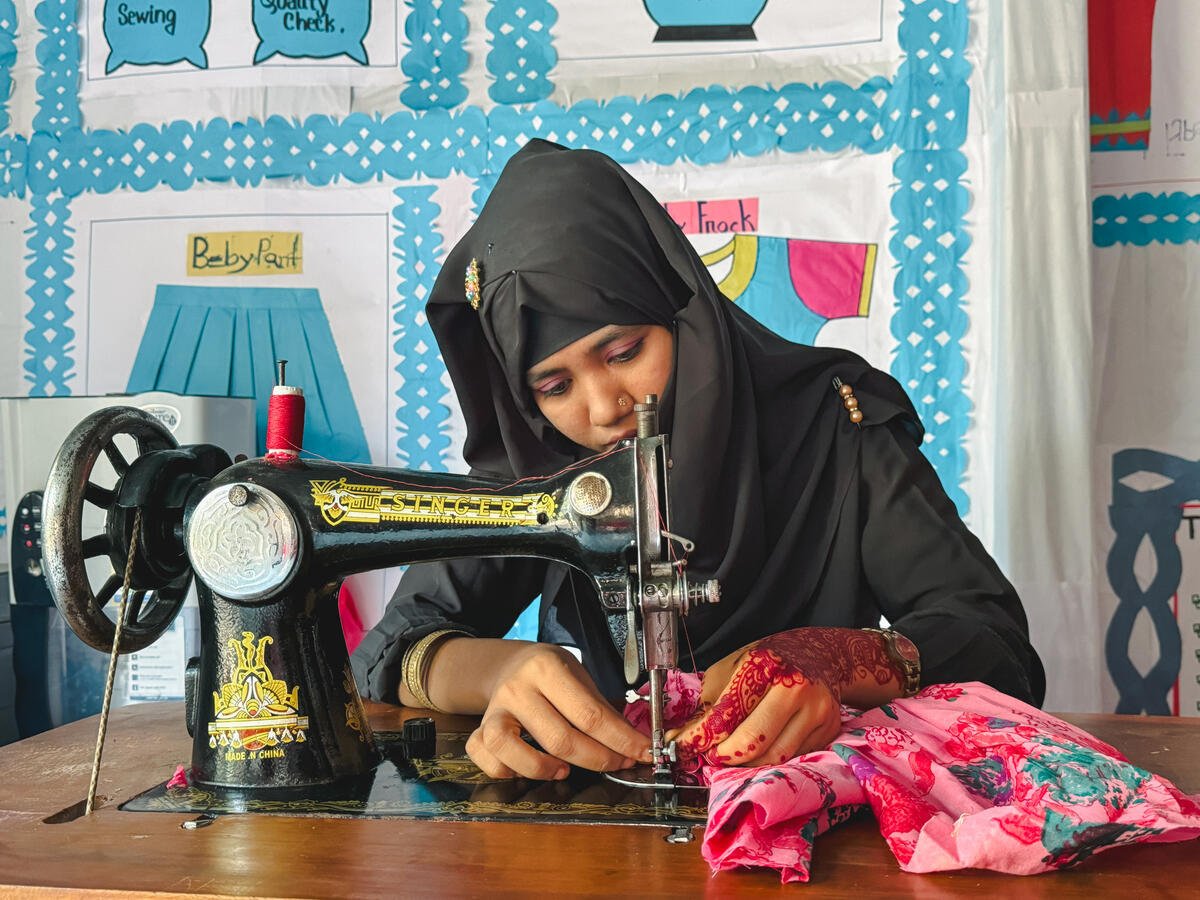
Through our programs, we help empower Rohingya refugees like Shofika (shown above), a 24-year-old woman with a speech disability. At 16, she fled with her family to Bangladesh, where her speech disability made the already dangerous journey even more perilous. She now lives with nine family members in Camp 13, Cox’s Bazar, navigating the daily struggles of displacement.
Thanks to a partnership between World Vision and the German Foreign Affairs Office called Joining Forces for Child Protection in Emergencies, she discovered new opportunities and hope. This project creates safer environments for children affected by crisis, offering safe spaces, caregiver support, emergency response, and equipping communities to protect children actively. Supported by a caring community and World Vision, Shofika embraces her talents and dreams beyond barriers, and she leads her peers in handicrafts, proving that disability does not define her potential.
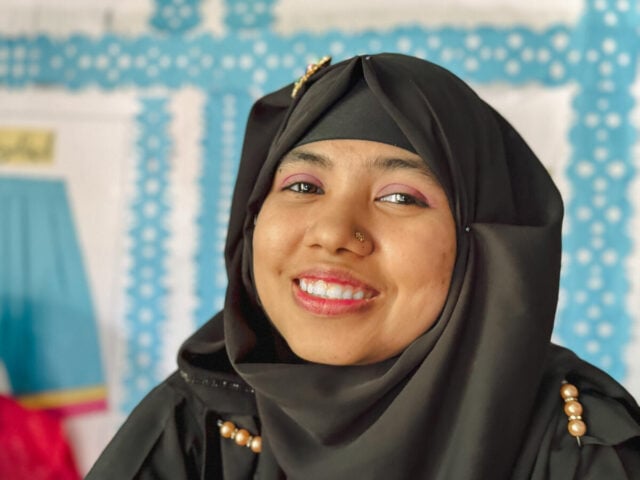
How long has World Vision worked in Bangladesh?
World Vision has served in Bangladesh since 1970, beginning with our disaster relief response to the devastating Great Bhola Cyclone, which claimed at least 300,000 lives. Since then, our programs have focused on the well-being and empowerment of vulnerable children and families, including both refugee and host communities.
How can I help Rohingya refugees in Bangladesh?
Because Rohingya refugees are not allowed to work due to their lack of citizenship, they rely on aid from World Vision and other humanitarian organizations to meet their daily needs.
- Pray for children and families who struggle to survive as refugees as the crisis enters another year.
Dear Lord, we pray for the families who are struggling as refugees, especially as the crisis continues into another year. We ask for Your guidance and support for those impacted by this challenging situation. Lord, we pray for strength and resilience for all Rohingya refugees and for the international community to continue offering assistance and solutions to improve lives and livelihoods.
-
- Give to World Vision’s Refugee Children’s Crisis Fund to help provide for their needs.
Edgar Sandoval Sr., president and CEO of World Vision, visits a facility in Bangladesh where Rohingya refugees “shop” for the things their families need.
Chris Huber and Sevil Omer of World Vision’s U.S. staff and Karen Homer, public engagement director for World Vision’s Rohingya refugee response in Bangladesh, contributed to this article.
